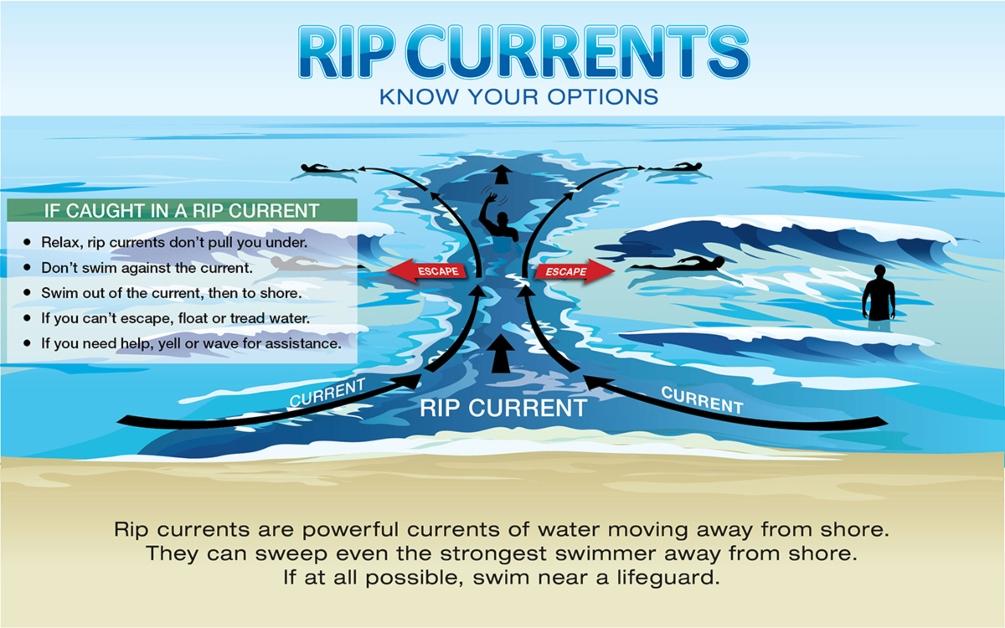What Is a High Current in Water? Malcolm-Jamal Warner's Drowning Death Raises Questions
In 2024, 66 people died from just such a current, making awareness of how to escape one imperative.
Published July 22 2025, 12:23 p.m. ET
When you go swimming in the ocean, there are any number of dangers to keep in mind. There's dangerous marine wildlife that can incapacitate a swimmer, like sharks, saltwater crocodiles, and jellyfish. Then there are rocks, waves, and unexpected weather that can take an unwary swimmer by surprise.
But perhaps the biggest danger to swimmers comes in the form of strong currents, which can overpower even the most capable swimmer. Actor Malcolm-Jamal Warner reportedly died from what authorities called a "high current" in the water during a vacation in Costa Rica, raising questions from the public. So what is a high current? Here's what we know about the term.

What is a high current in water?
When news broke that Malcolm had died in Costa Rica, officials declared that he died from a "high current" in the water, and an autopsy later ruled his passing "death by asphyxiation" due to drowning (via ABC News).
But "high current" is not necessarily a commonly used phrase in the United States, so what does it mean?
It doesn't seem to be a specific phrase or an official term. It appears that they are referring to something like a rip current which occurred high enough in the water to ensnare Malcolm and pull him out to sea.
According to USA Today, a rip current is "a fast-moving channel of water that flows away from the shore and can drag a swimmer way out into the ocean." These strong currents run perpendicular to the shore. They often form around breaks in sandbars or near manmade structures such as jetties or piers.
The outlet notes that the speed and strength of the currents can vary anywhere from 1 to 2 feet per second all the way up to 8 feet per second.
In order to escape a rip current, there are a few things to keep in mind.

Primarily: keep calm. Panicking will use energy, and you need to save your energy. The current doesn't pull you underwater, it just pulls you out and away from shore. So don't focus on swimming against it or on trying to swim back to shore. Flip on your back and float, if possible, or swim perpendicular along with the current until you feel it ease, and then return to shore when you can do so (via ABC News).
The key is to remain calm, swim with the current, and save your energy so that you can get out of it once you reach the end.
Malcolm-Jamal Warner's death has raised awareness of dangerous currents.
While Malcolm's death at just 54 years old is a horrible tragedy and a terrible loss for the world, knowledge of how it happened is spreading awareness that may save lives.
In 2024, data shows that 66 people died from rip currents in the United States (via USA Today).
June and July are the months with the highest risk for rip current deaths. Even strong swimmers can fall prey to these deadly currents, as the fastest rip currents run faster than an Olympic swimmer can swim.
Malcolm, who was survived by his wife, daughter, and mother, spent his life contributing to causes related to art and charity. While nothing will ever make up for his tragic death so young, it seems likely that he would have appreciated raising awareness that might someday save lives.
For those who love him, however, it's an unimaginably steep price to pay, even so.
